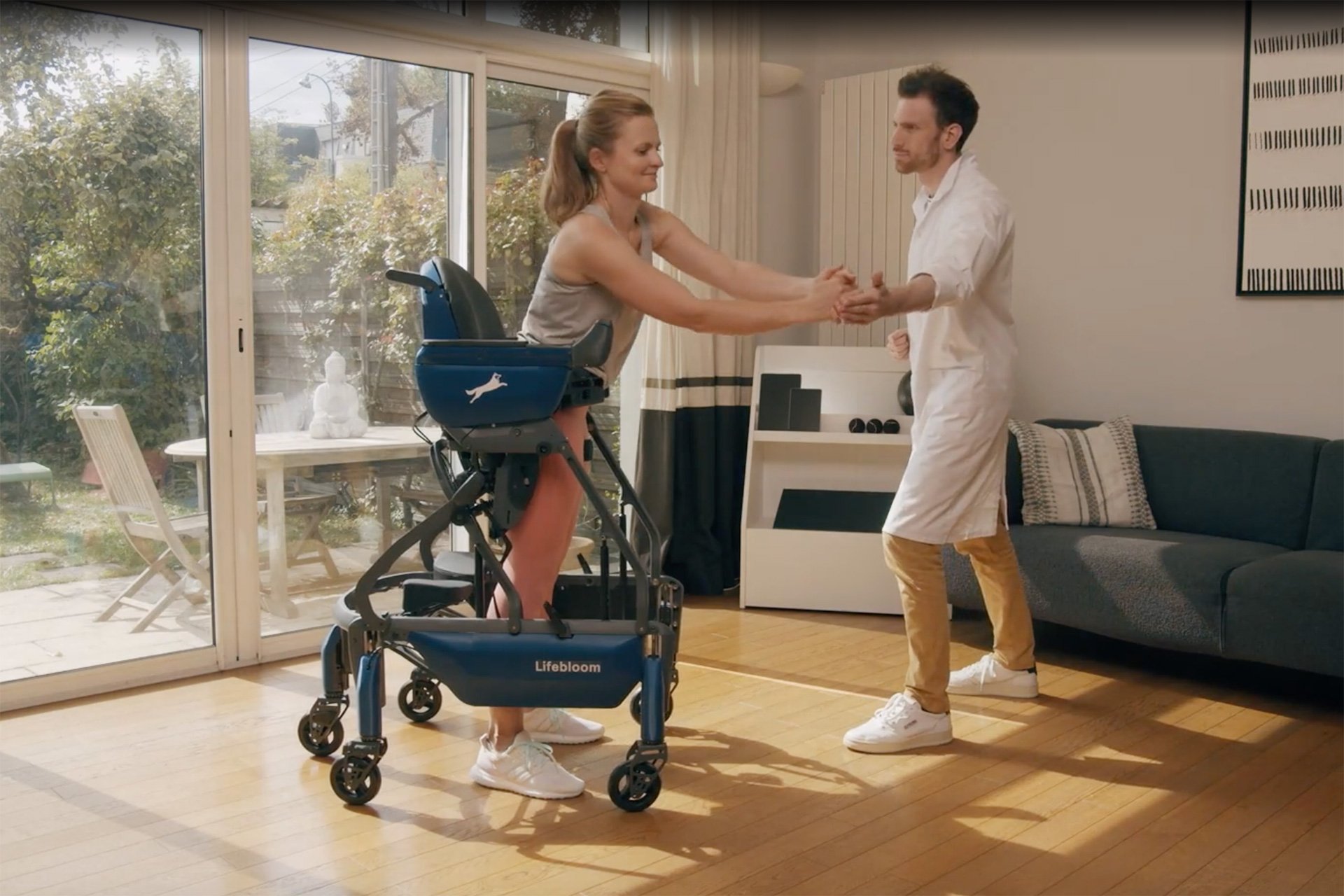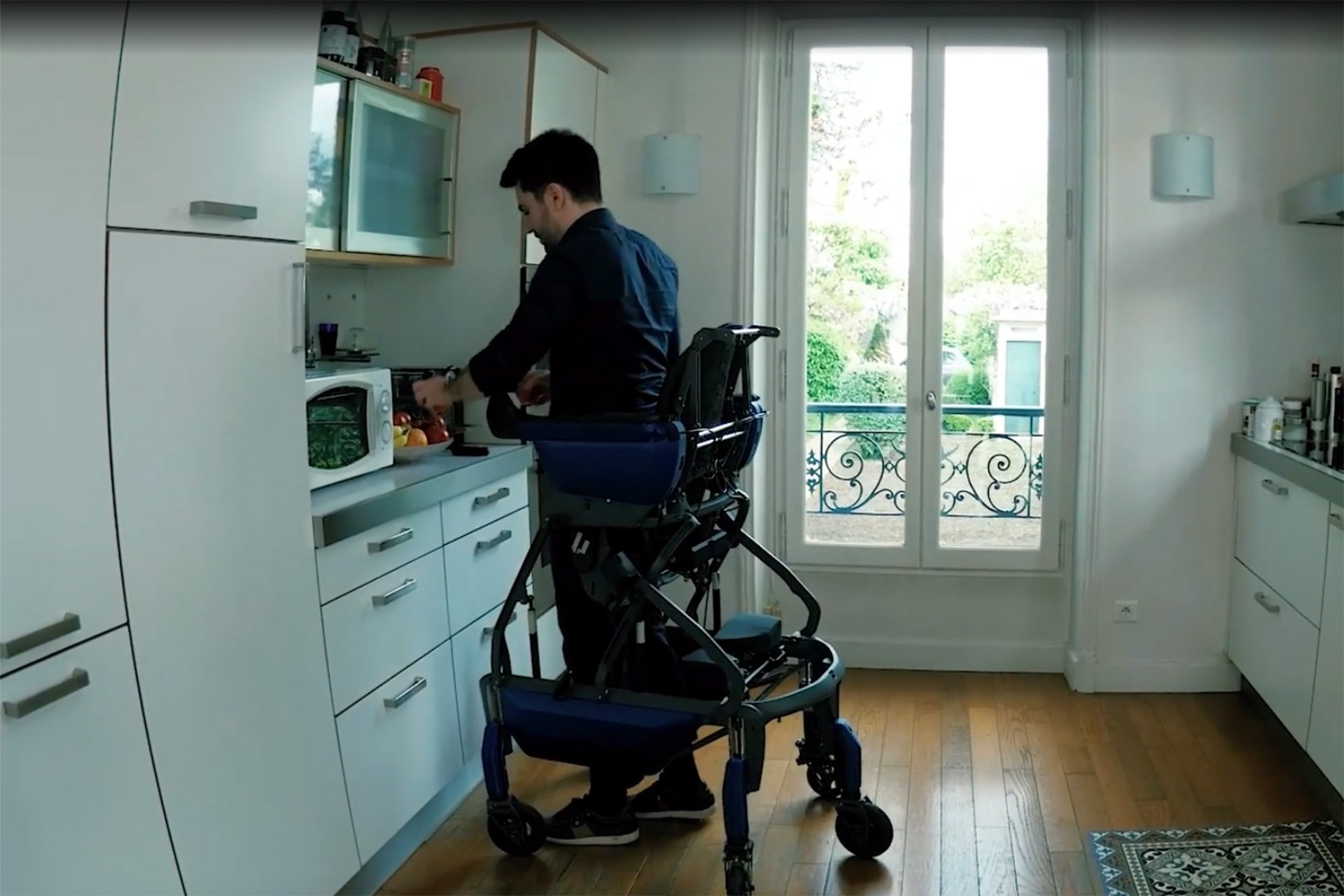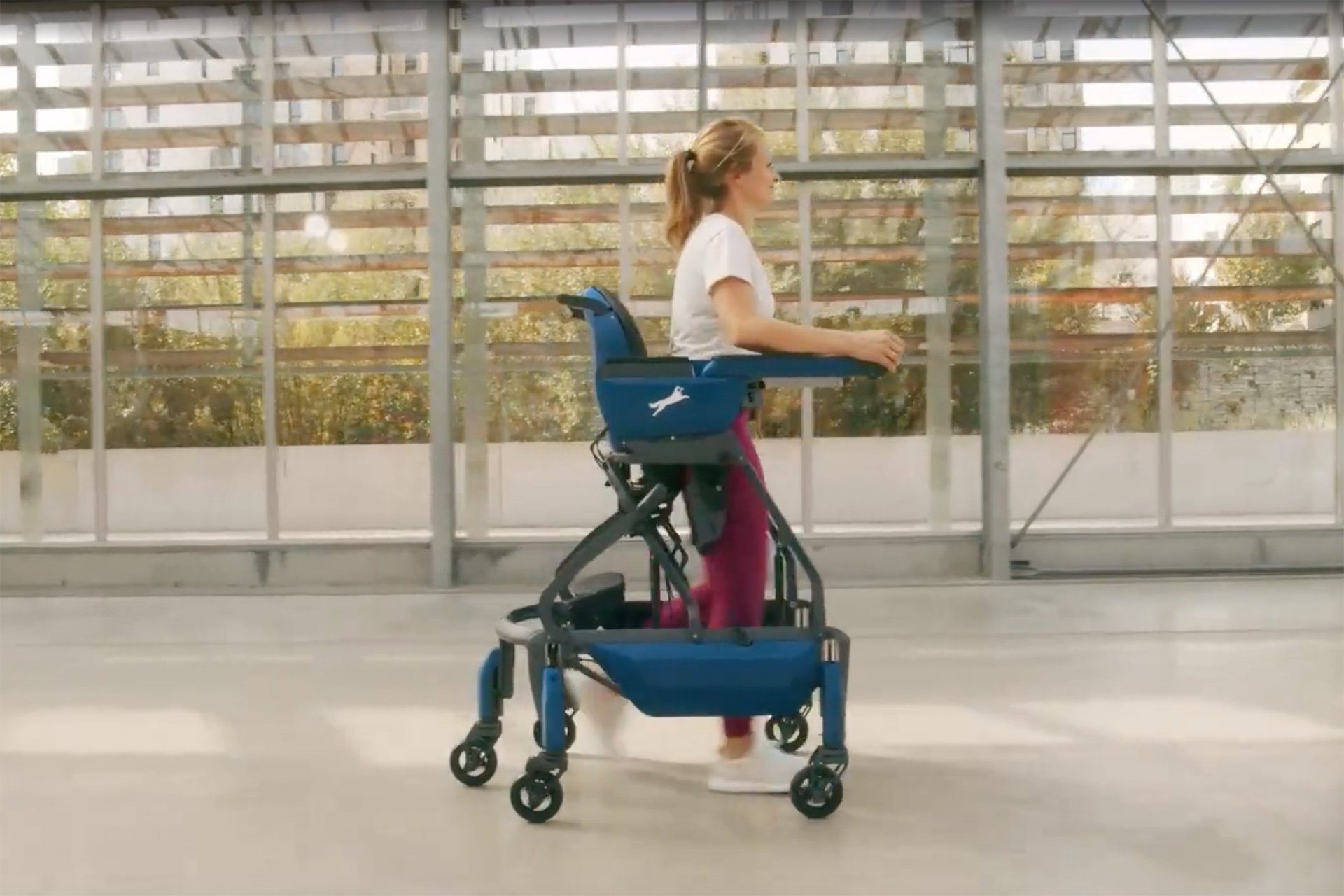Millions of people worldwide rely on wheelchairs due to mobility impairments caused by accidents, illnesses, or age-related conditions. French MedTech company Lifebloom aims to change this reality with its newly unveiled Lifebloom One therapy. This innovative approach merges a wheelchair with an exoskeleton to help individuals regain their ability to stand and walk independently.
The development of Lifebloom One
Founded in 2019, Lifebloom has dedicated six years and invested 3 million euros into the research and development of this therapy. Damien Roche, the company’s founder, highlighted the motivation behind Lifebloom One:
“In the world, 132 million people cannot walk on their own, even with the help of a walker. Being placed in a wheelchair is then the standard of care, but it’s also one of the greatest inefficiencies of our healthcare systems, degrading quality of life, increasing dependency, harming health, limiting rehabilitation, and overburdening caregivers. Since 2019, I’ve been driven by the belief that the ability to walk on your own and live standing should be accessible to everyone, regardless of age or disability. I’m proud today to unveil the Lifebloom One therapy, an alternative to a life confined to a seated wheelchair, preserving the ability to live standing.”
Lifebloom One is designed to assist individuals with partial lower limb mobility, including those affected by strokes, traumatic brain injuries, spinal cord injuries, multiple sclerosis, Parkinson’s disease, Guillain-Barré syndrome, or frailty due to aging. According to Lifebloom, approximately 10.4 million people could benefit from this device daily.

How Lifebloom One works
Oxilio: The hybrid wheelchair-exoskeleton
At the core of Lifebloom One therapy is Oxilio, a medical device that integrates an exoskeleton into a wheelchair. Oxilio provides up to 80% anti-gravity assistance, lower limb oscillation support, balance stabilization, and natural gait reproduction. Unlike traditional wheelchairs, this system is more compact and agile, making it suitable for both clinical and home environments.
Digital platform for rehabilitation
In addition to the physical device, Lifebloom One therapy incorporates digital tools to enhance rehabilitation. An embedded system continuously analyzes movement, helping users track their progress. A digital platform provides personalized content to optimize recovery potential and encourage daily engagement in therapy.
A key feature of the system is its ability to set daily achievable goals for users, encouraging them to stay active outside the confines of a rehabilitation facility. By extending therapy beyond clinical settings, the device also provides caregivers with real-time updates on the user’s progress, ensuring a more continuous and effective rehabilitation process.

Clinical efficacy and deployment
Preliminary clinical trials conducted at the APHP Pitié-Salpêtrière Hospital by Prof. Eléonore Bayen have shown promising results. The study focused on post-stroke patients who were unable to walk independently. According to Lifebloom, after using the therapy, all participants regained their ability to stand and walk, with an average increase of 596% in daily standing time.
To accelerate adoption, Lifebloom has begun deploying its technology in healthcare institutions, including hospitals and rehabilitation centers. The company is establishing specialized “Walking Units” within these facilities to provide patients with structured access to the therapy. Interested individuals can also test Lifebloom One at Lille University Hospital.
Institutional recognition and future plans
Lifebloom has gained recognition from key medical institutions, including the French Society of Rehabilitation and the American Academy of Medicine. The company is currently working on a 5-million-euro development plan supported by both the European Union and France 2030, aiming to scale up the availability of its therapy.

While Lifebloom One is currently being introduced in clinical environments, the company is also preparing for home use deployment. Interested individuals can join a waiting list for updates on its availability for personal use.
Source: Lifebloom



